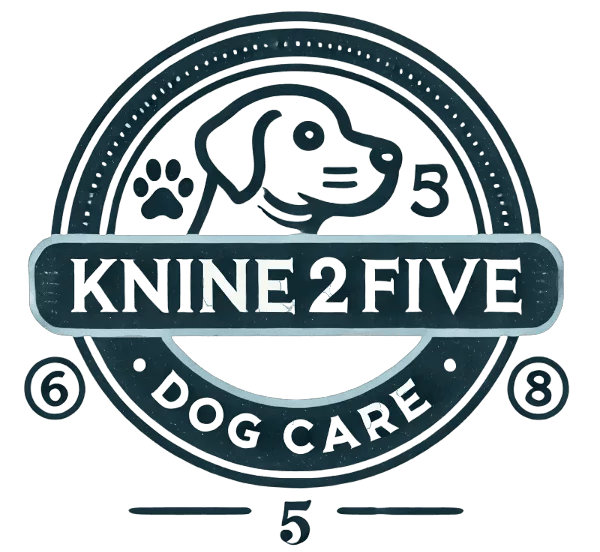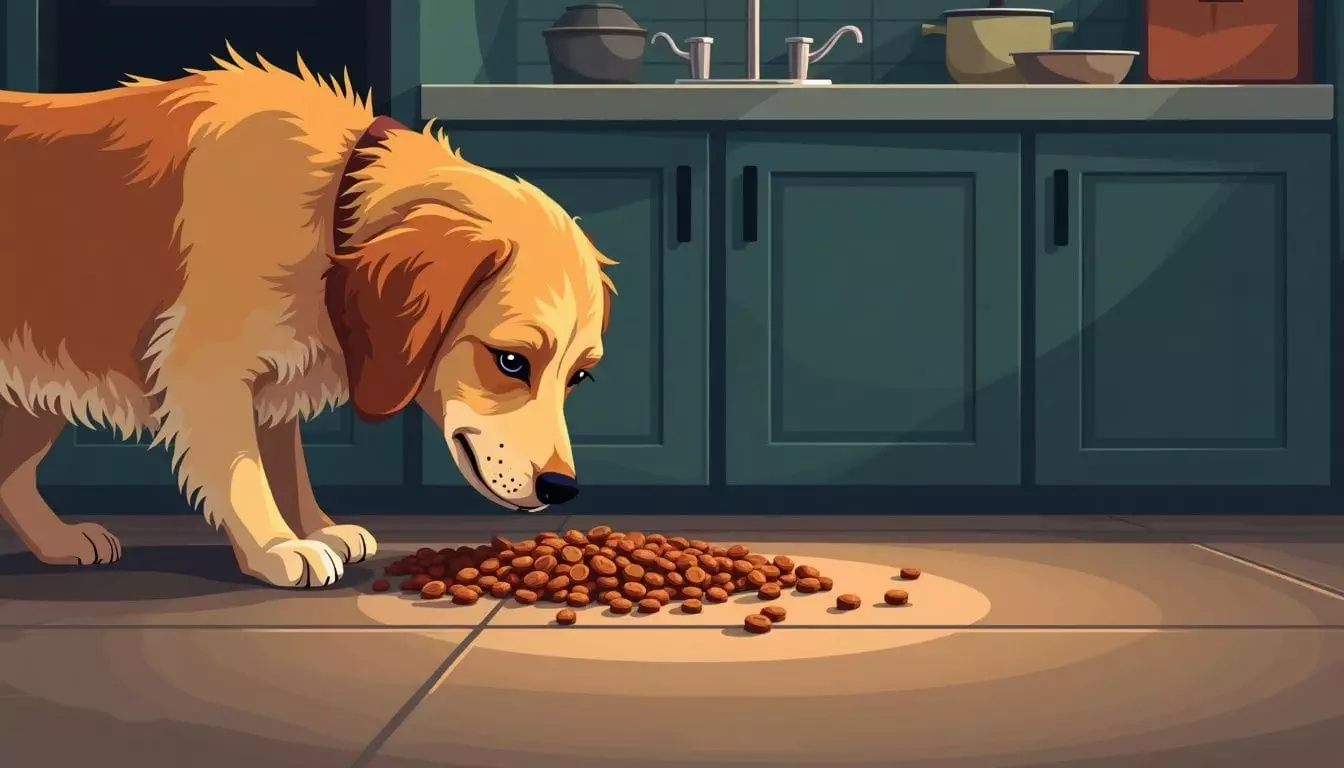Can you imagine a world where dogs and cats are best friends? While they often play together, a puzzling question arises: Can Dogs Eat Cats? It’s not about furry friendships; it’s about what our pets eat! Understanding this topic is crucial for keeping your dog healthy and happy, as cat food is designed for cats and doesn’t meet a dog’s nutritional needs. This article aims to clarify the potential risks and nutritional differences, providing valuable insights for pet owners.
If your dog has a habit of sneaking cat food, it could lead to tummy troubles or even serious health issues. In this article, we’ll explore what happens when dogs eat cat food, the important differences in their nutritional requirements, and what to do if your pup just can’t resist those tempting cat snacks. Get ready to dive into the fascinating world of pet diets and discover how to keep your furry friends safe and healthy! By understanding these aspects, you can ensure that both your dog and cat thrive in their dietary habits.
Understanding What Happens If My Dog Eats Cat Food
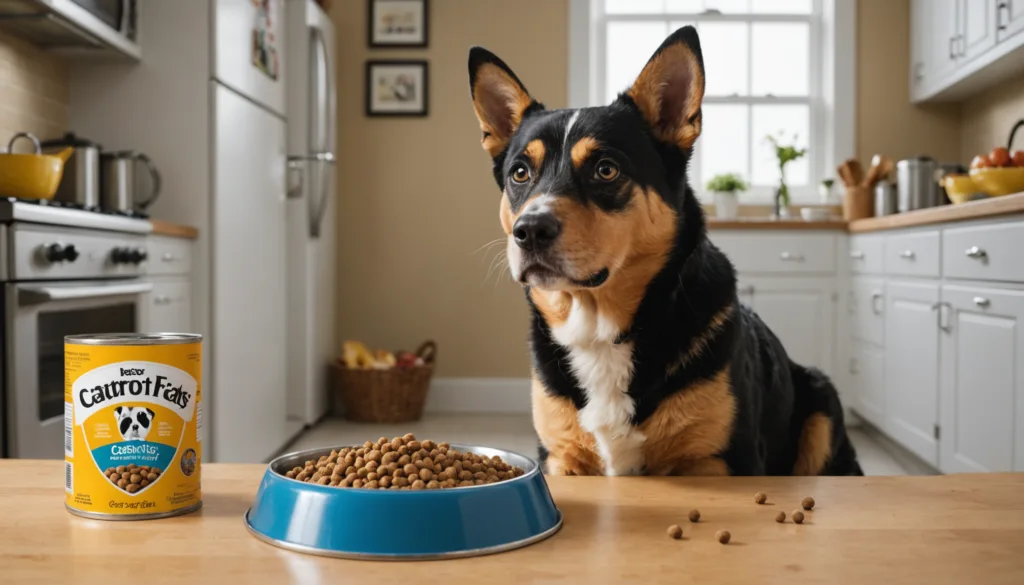
Why Dogs Eat Cat Food and How It May Affect Them
Dogs are often drawn to cat food due to its rich aroma and flavor. Cat food contains higher levels of protein and fat, which can tempt a dog’s taste buds. Eating cat food may lead to digestive issues such as mild stomach upset, vomiting, or diarrhea. While a small nibble is usually safe, frequent exposure can cause more significant health problems. In some cases, dogs may develop a preference for the taste of cat food over their own, making it harder to maintain a balanced diet. (PetMD, GoodRx)
The Nutritional Content in Cat Food vs Dog Food
Cat food is formulated for obligate carnivores and typically has higher protein and fat levels than dog food, which is designed for omnivores. The main differences include:
| Nutrient | Cat Food | Dog Food |
|---|---|---|
| Protein | Higher amounts | Moderate amounts |
| Fat | Elevated levels | Lower levels |
| Taurine | Essential; added routinely | Not essential |
| Caloric Density | High calorie content | Balanced for energy use |
Regular consumption of cat food by dogs can lead to obesity and nutrient imbalances. Understanding these differences can help pet owners make informed decisions about their pets’ diets. (Paw CBD, Pet Food Institute)
What to Do When Dogs Eat Cat Food Regularly
If your dog regularly eats cat food, it’s crucial to monitor weight and behavior closely. Consult a veterinarian for advice on adjusting the diet if needed. Implementing training methods and physical barriers can help keep cat food out of reach. Additionally, providing a well-balanced diet specifically formulated for dogs will keep their nutritional needs met while discouraging them from seeking out cat food.
The Big Difference Between Dog and Cat Nutritional Requirements
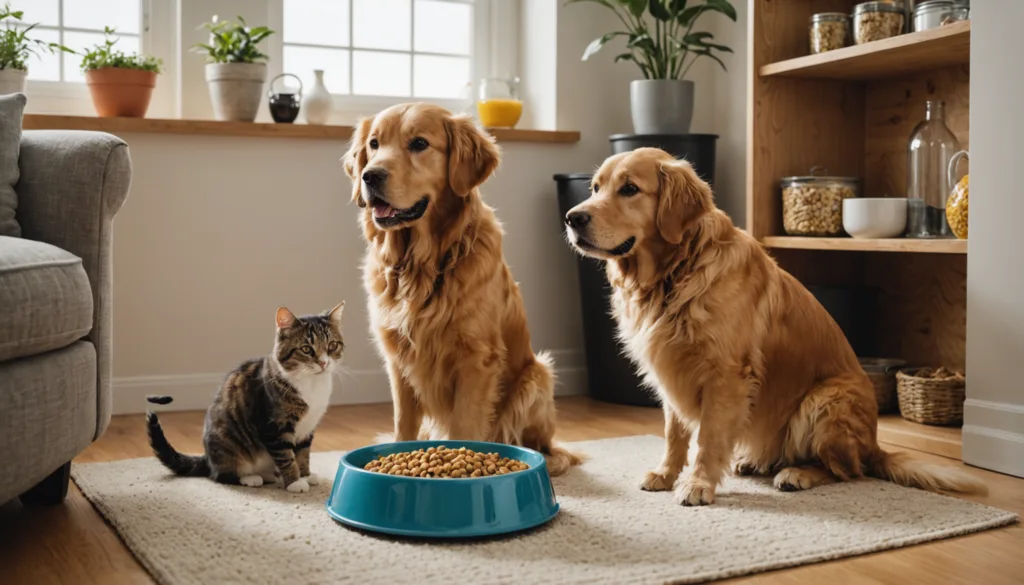
Why Cats Eat Different Food Than Dogs
Cats are obligate carnivores, meaning they require a diet primarily made up of meat to thrive. This diet includes specific nutrients like taurine that are not adequately provided by dog food. Understanding these dietary needs is essential for cat owners to ensure their pets receive proper nutrition.
Can Cats Eat Dog Food Safely?
While cats may occasionally nibble on dog food, it lacks sufficient protein and essential vitamins. Regular feeding of dog food can lead to nutrient deficiencies in cats. It’s important for pet owners to recognize that each species has unique dietary requirements that must be addressed through appropriate pet food formulations.
How Pet Food Formulations Relate to Species-Specific Needs
Pet foods are specially formulated to meet the unique nutritional needs of each species. Dog food balances proteins, fats, and carbohydrates for an omnivorous diet (NAP), while cat food is high in protein and contains specific amino acids necessary for feline health. This tailored approach ensures that both dogs and cats receive the essential nutrients required for their overall well-being.
Can Dogs Eat Cats’ Food: Examining Potential Health Concerns

Short-term Effects When Dogs Eat Cat Food
Short-term effects may include mild gastrointestinal upset, such as vomiting or diarrhea. These symptoms often resolve within 12-24 hours, but caution is advised even with occasional eating. Being aware of these potential reactions can help pet owners respond quickly if their dog experiences any discomfort.
Long-term Risks for Dogs That Regularly Eat Cat Food
Regular consumption of cat food may expose dogs to excessive calories and high fat content, leading to obesity, pancreatitis, and nutritional imbalances over time. It’s essential to monitor your dog’s diet closely to avoid these serious health risks.
When to Consult Your Vet About Cat and Dog Food Consumption
Consult a veterinarian if your dog shows persistent symptoms such as vomiting or diarrhea, noticeable weight changes, or unusual behavior after eating cat food. Early intervention can prevent long-term health issues. Keeping an open line of communication with your vet is vital for maintaining your dog’s health.
Practical Solutions to Keep Your Dog and Cat Food Separate
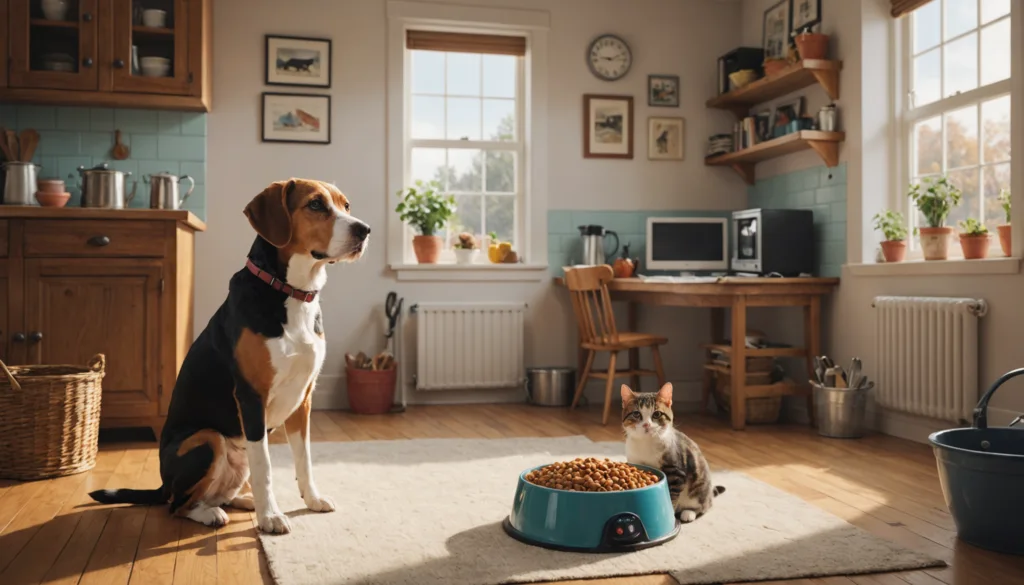
Training Methods to Prevent Dogs From Eating Cat Food
Training methods such as teaching commands like “leave it” can effectively deter dogs from accessing cat food. In addition to the “leave it” command, incorporating other training techniques, such as crate training or providing designated feeding areas for both pets, can further minimize issues related to food access. It’s important to ensure that each pet has their own space during mealtime, which can help reduce competition and stress.
Moreover, engaging in regular exercise and mental stimulation for dogs can decrease their urge to steal food out of boredom. Puzzle toys, interactive games, and scheduled playtime can keep dogs occupied, making them less likely to seek out cat food.
By being proactive with training and creating a structured environment, pet owners can foster mutual respect and understanding between their dogs and cats, leading to a peaceful coexistence in the household.
Cat Feeding Stations That Dogs Can’t Access
Creating elevated feeding stations for cats or using pet gates can help separate the feeding areas effectively. This ensures that cats can eat without interference from dogs, reducing the likelihood of cross-consumption.
Managing a Multi-Pet Household’s Feeding Schedule
Feeding pets in different rooms or at different times is crucial for maintaining dietary boundaries. Establishing fixed feeding times minimizes the risk of cross-consumption while ensuring that each pet gets the nutrition they need.
Conclusion
While dogs can eat cat food in small amounts without immediate harm, regular consumption may lead to long-term health issues. Ensuring each pet receives a nutritionally balanced diet designed for their specific needs supports overall health and well-being. With proper care and attention to dietary habits, both dogs and cats can enjoy a happy and healthy life together.
FAQs
1. Is It Normal for Dogs to Want to Eat Cat Food?
Yes, many dogs are attracted to cat food due to its rich flavors and higher fat content. This natural curiosity can lead them to seek out cat food regularly.
2. Can a Dog Get Sick if They Eat Cat Food Once?
A single instance of eating cat food typically does not cause serious harm, but it may lead to mild digestive upset. It’s advisable to monitor their condition afterward.
3. Why Don’t Cats Typically Eat Dog Food?
Cats have specific nutritional needs that dog food does not meet, particularly higher protein levels and essential nutrients like taurine. This difference highlights the importance of feeding pets the appropriate diet for their species.
